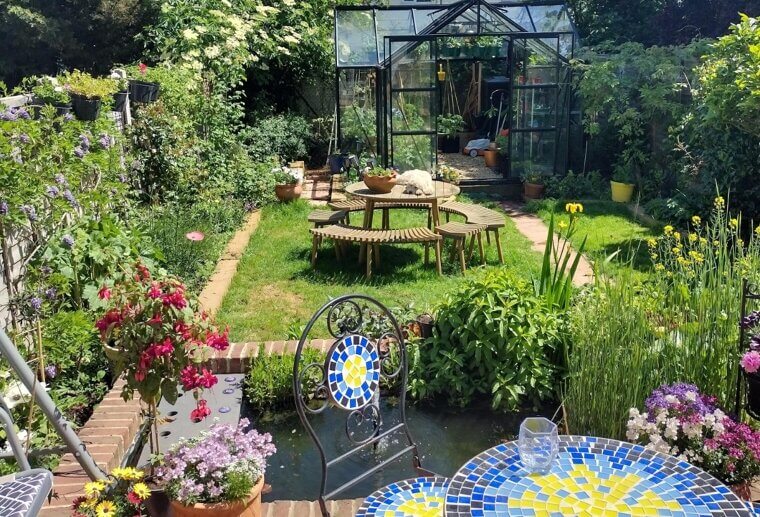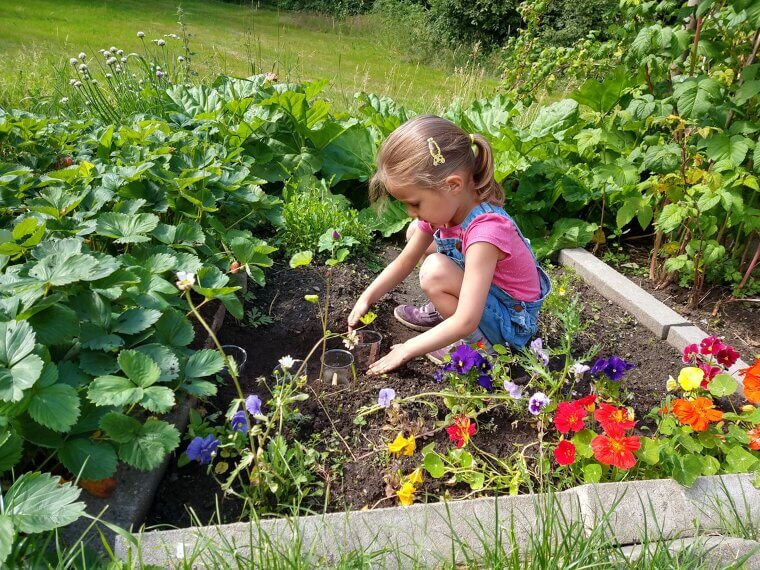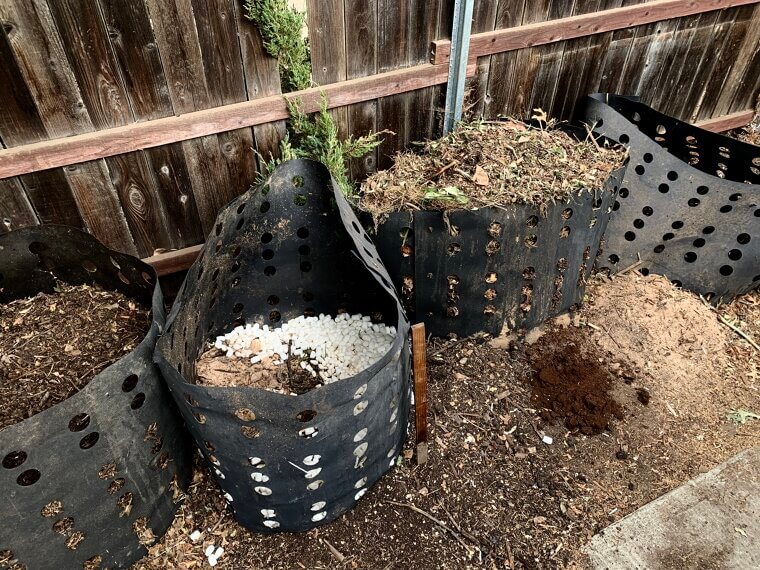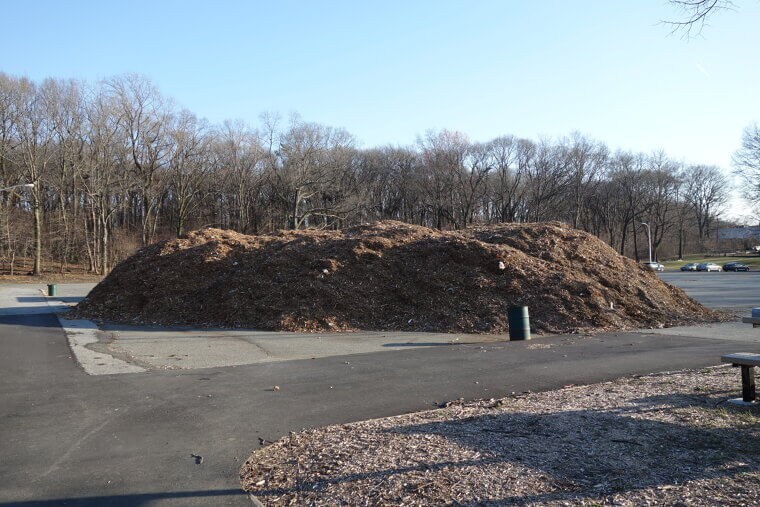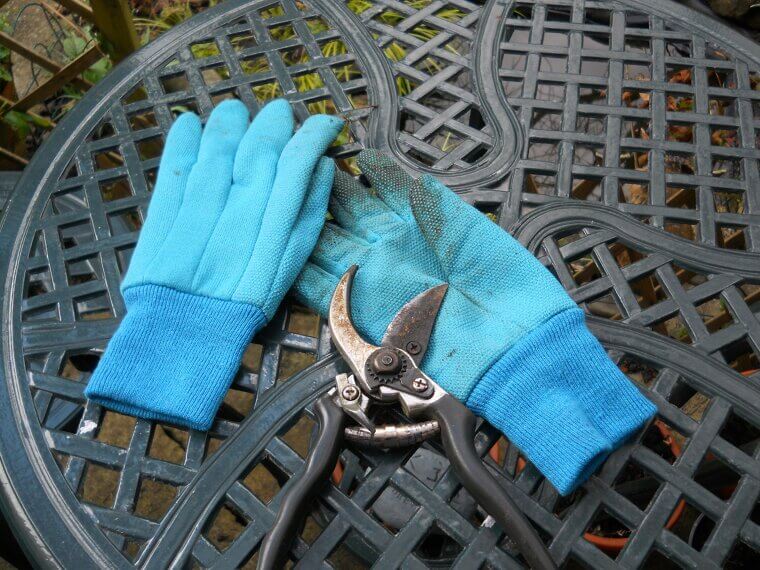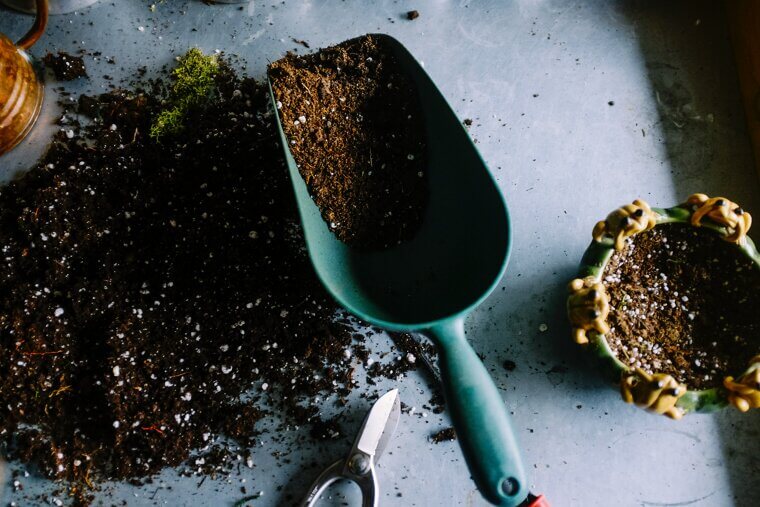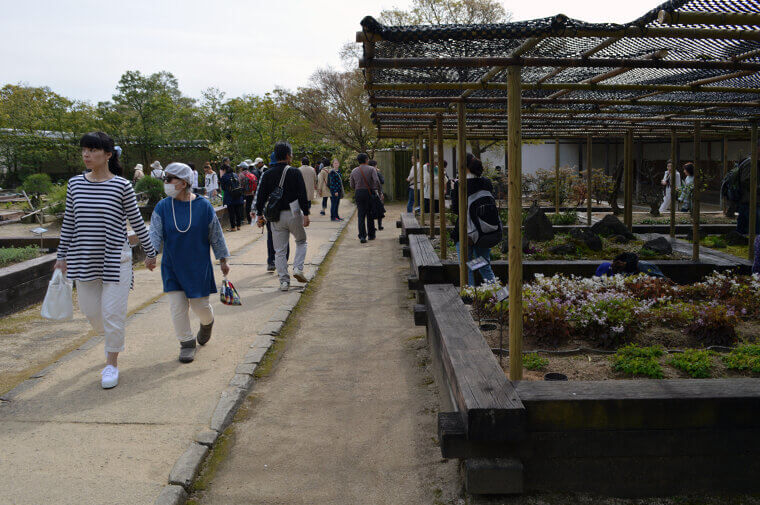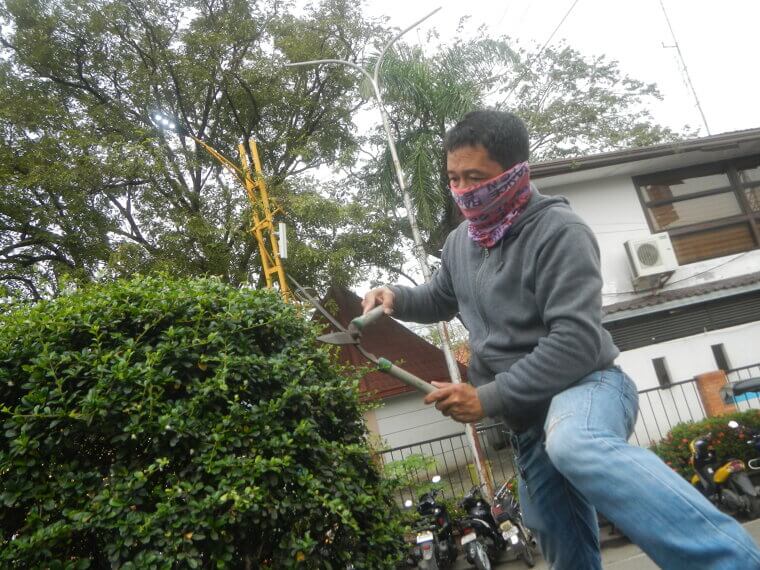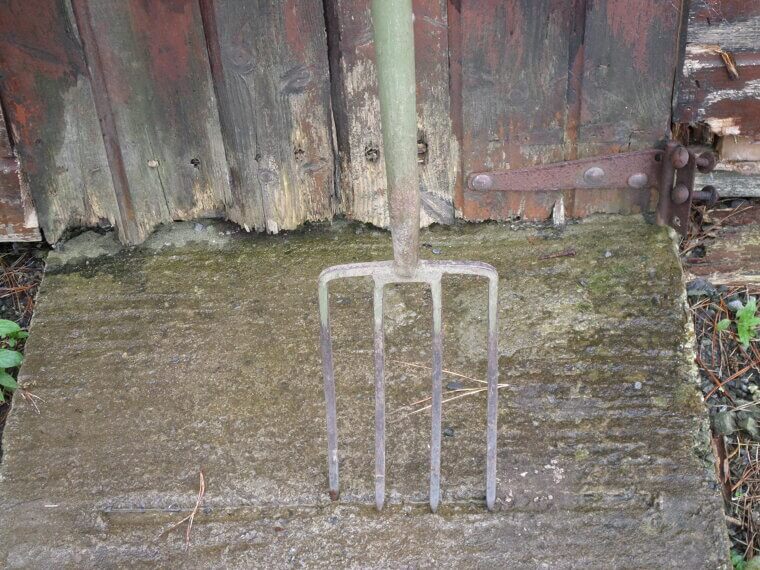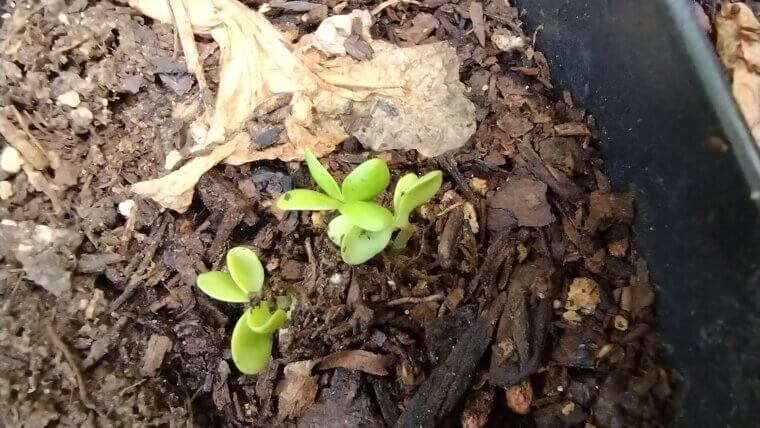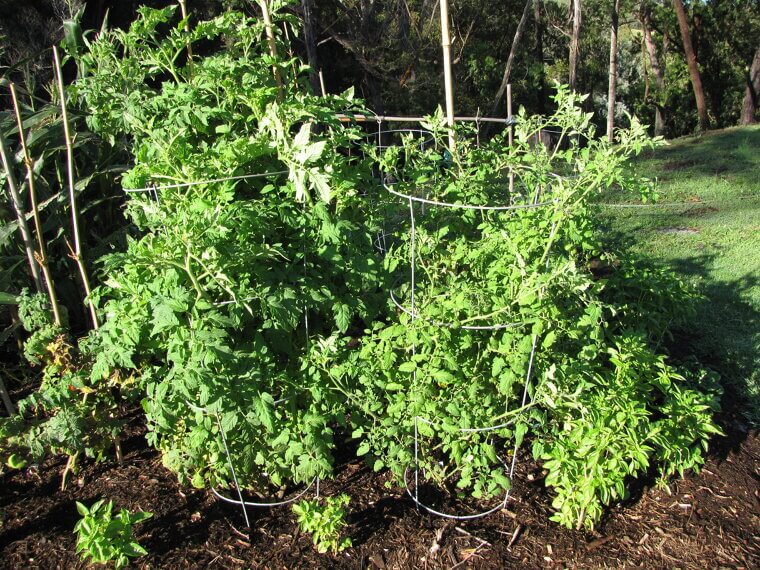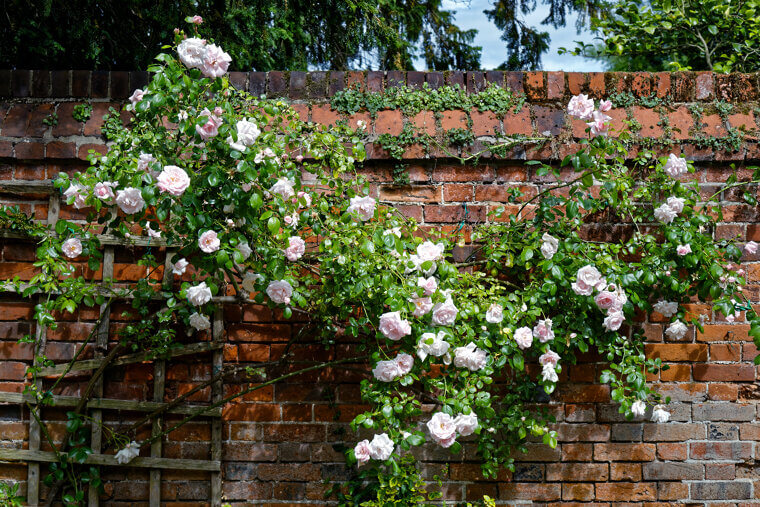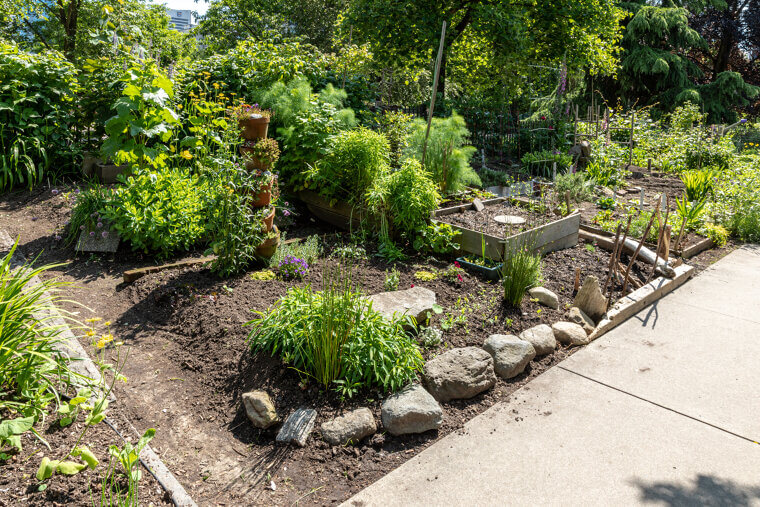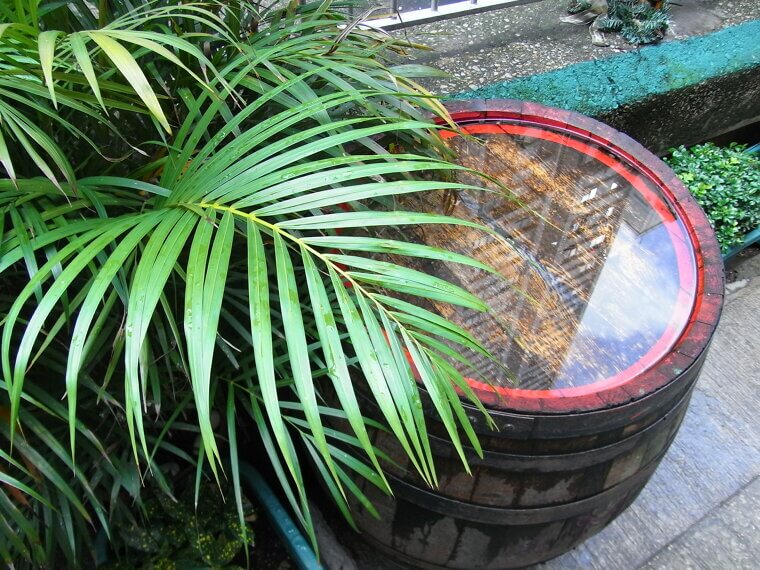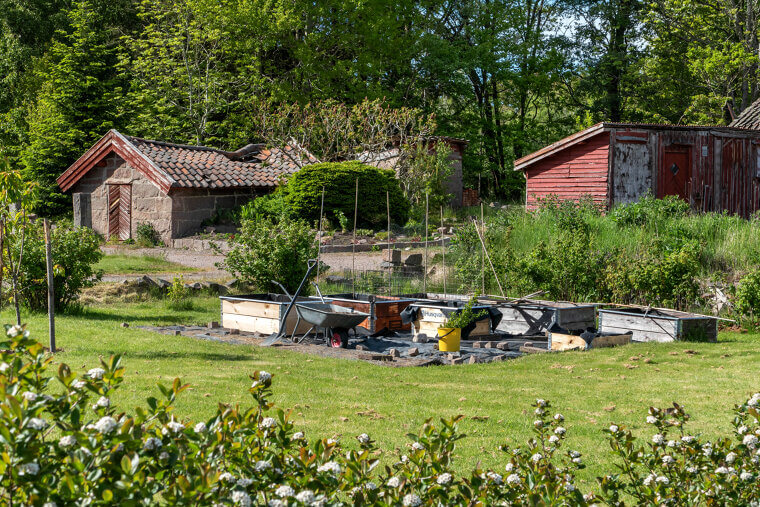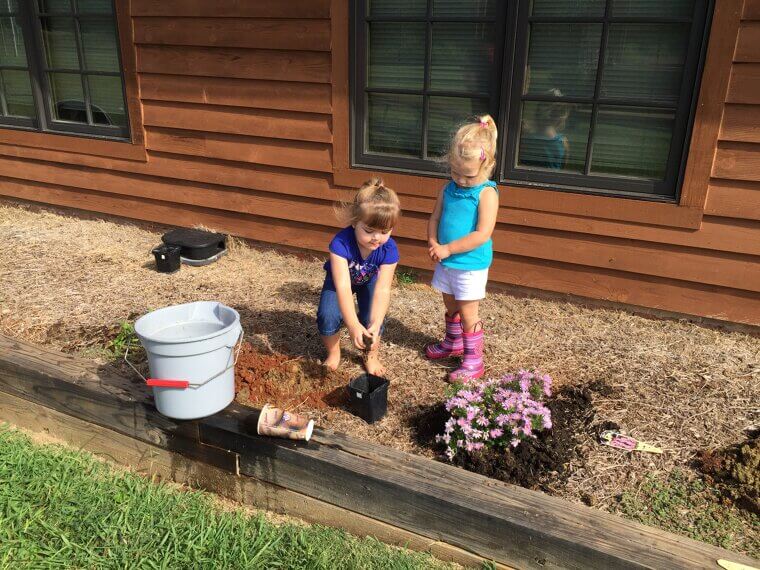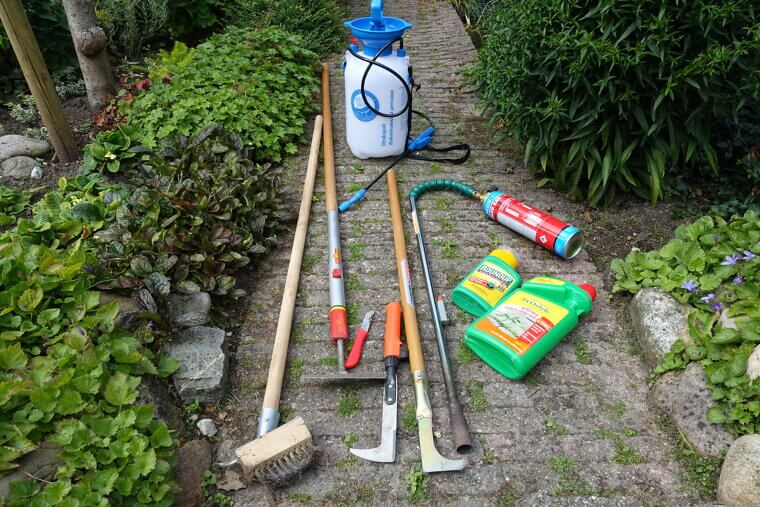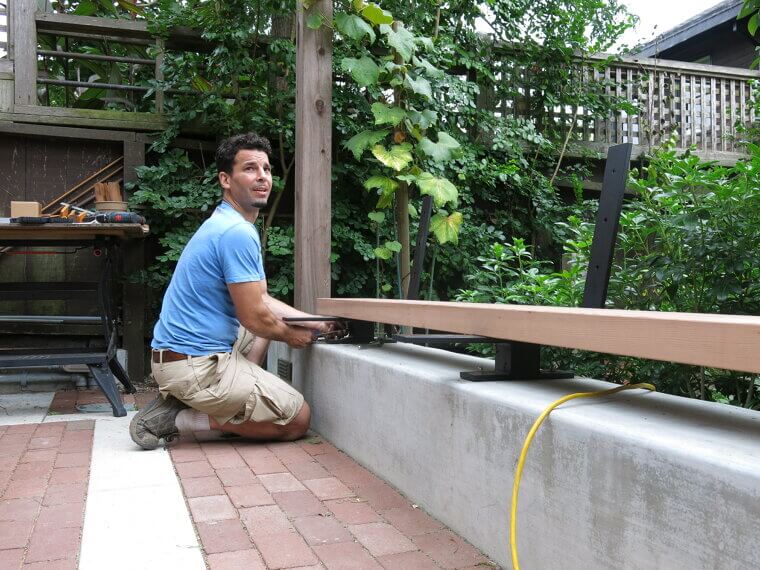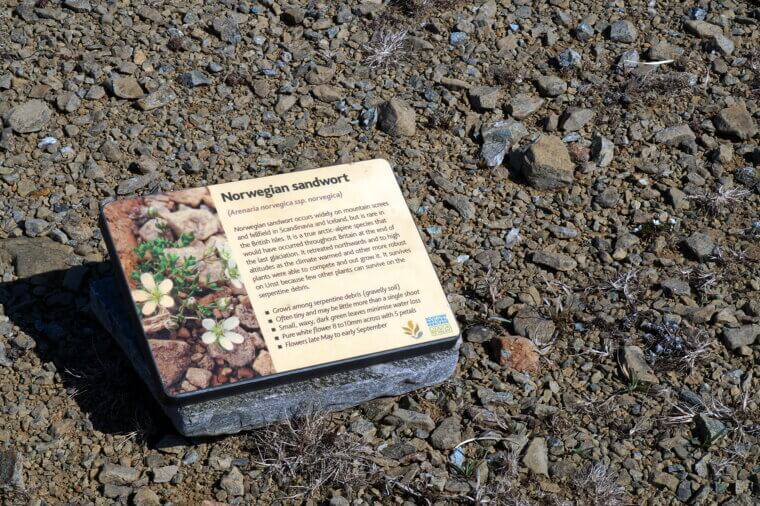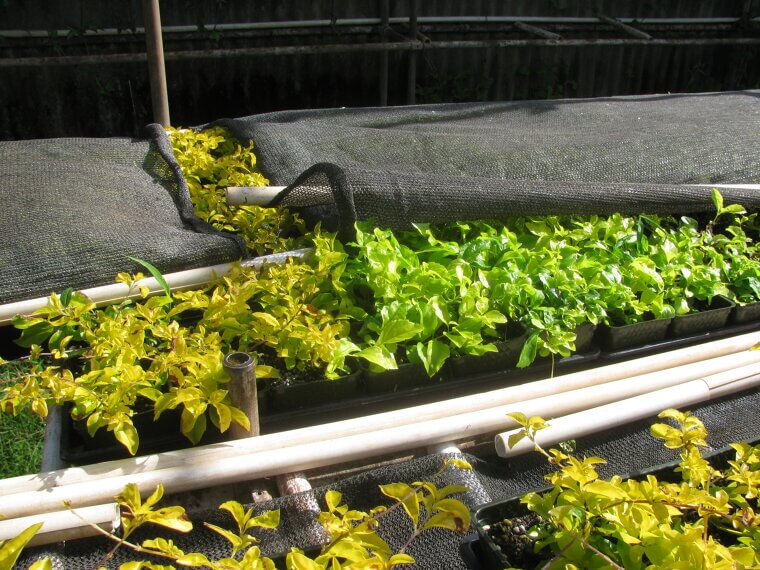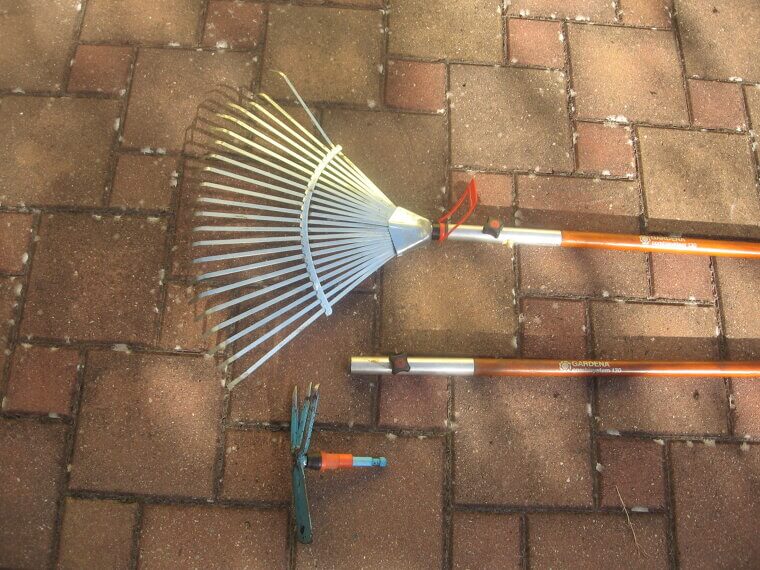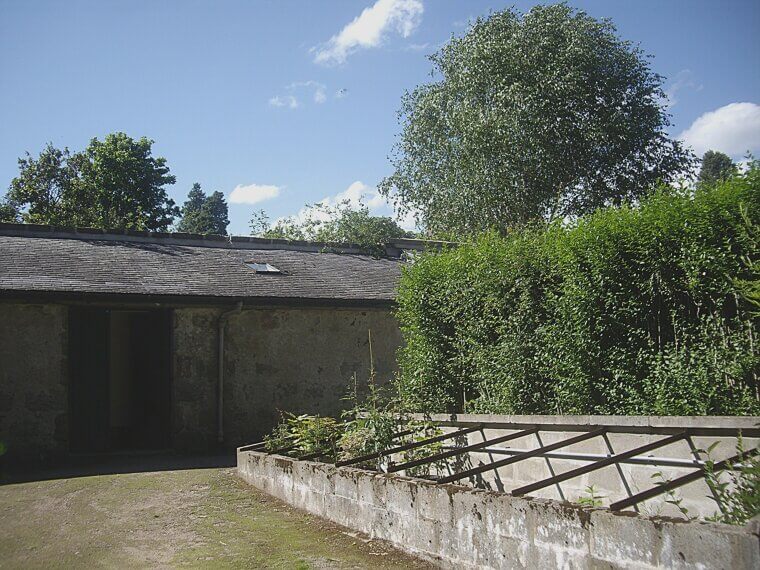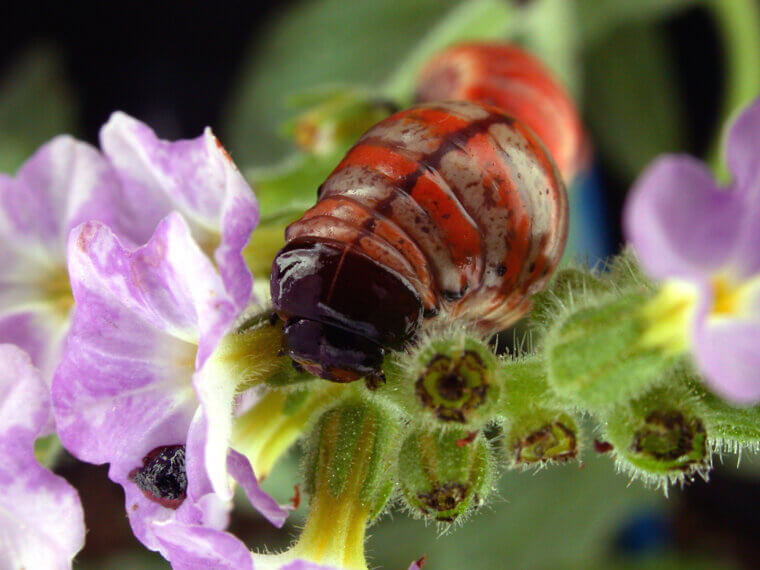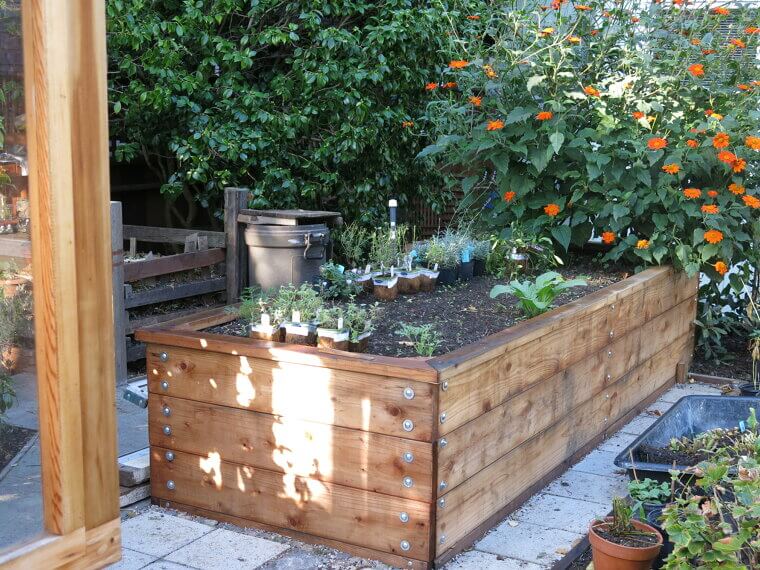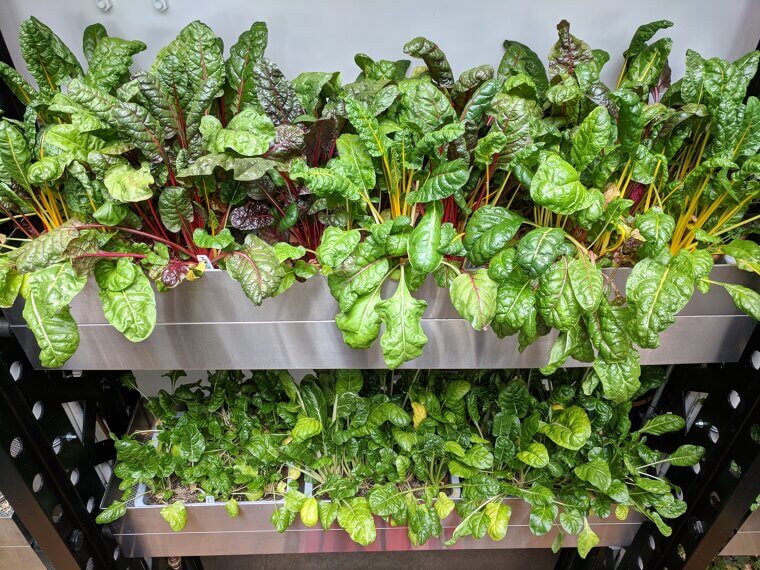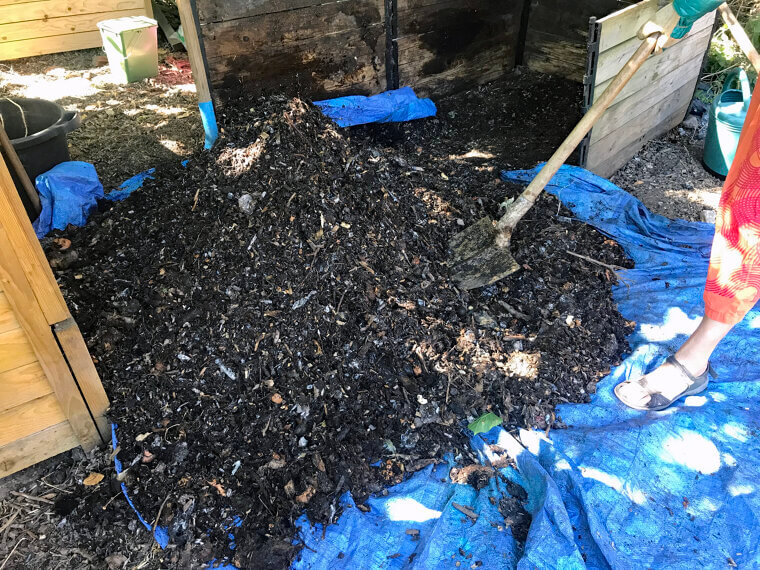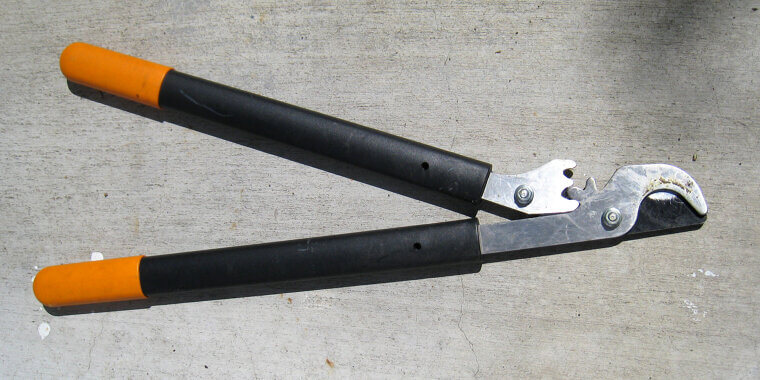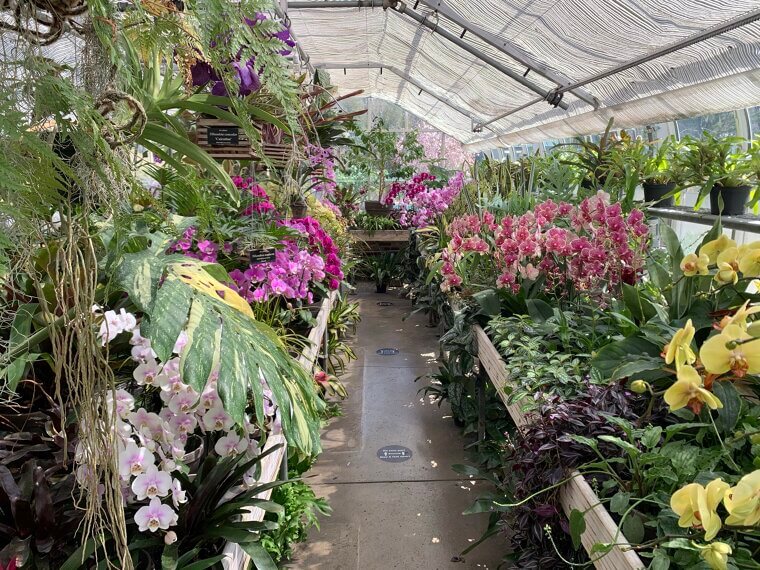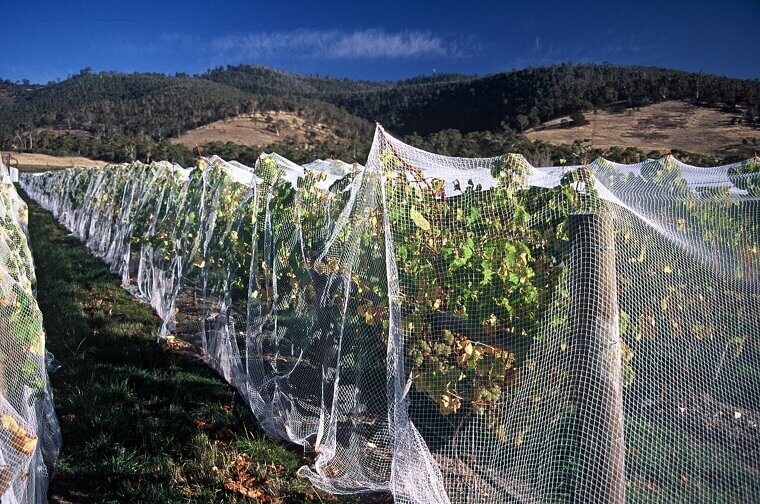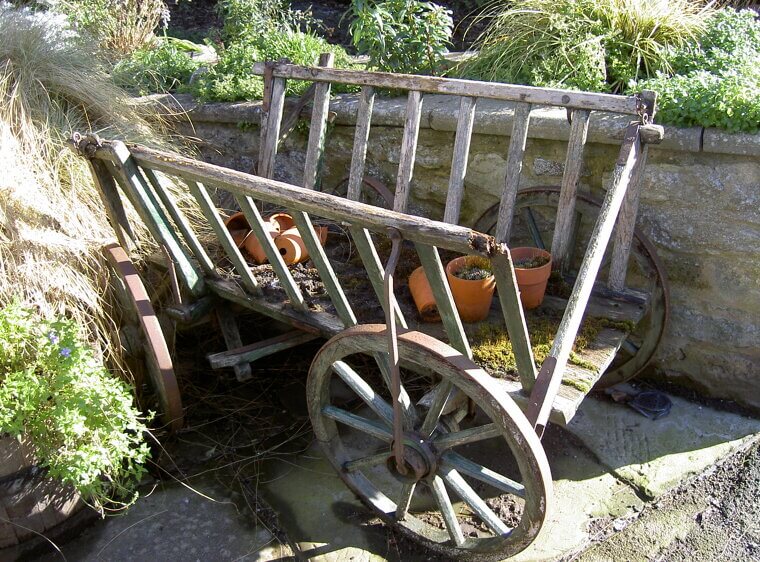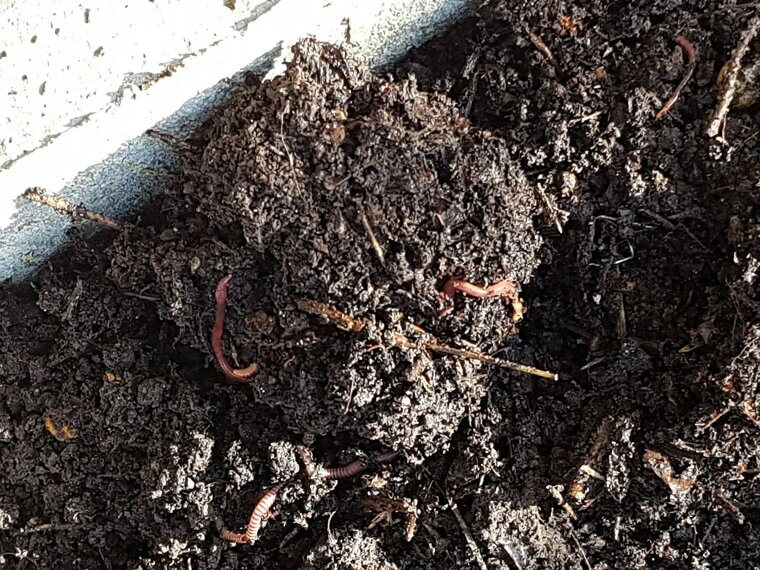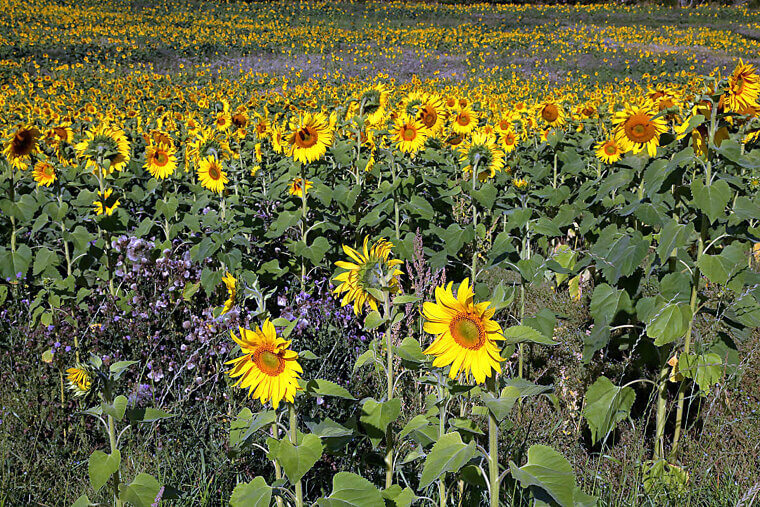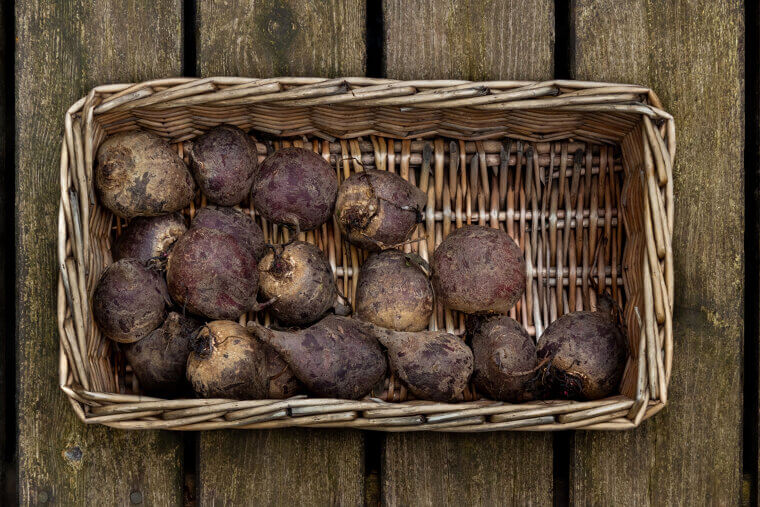Build Your Own Backyard Paradise
Placing a garden in your backyard lets you access fresh, nutritious plants from your home garden. Whether you have access to a big or small space, you can save cash while eating better food, spending more time outdoors, and destressing. Ready to start your garden? This guide presents some of the basic items to help you successfully produce home-grown fresh vegetables.
Quality Soil
The foundation of a thriving garden starts with nutrient-rich, well-balanced soil. Plants need both nutrients and airflow to develop well. Soil assessment tests are essential because they show if soil quality hinders plant development and harvest production. Based on test results, you can add suitable products of lime, sulfur, or organic fertilizers to establish a perfect growing space for plants.
Compost Bin
Using compost bins lets you dispose of kitchen trash and garden debris safely while creating nutrient-rich soil. When composting, you may put leftover food from your kitchen and add used coffee grounds, egg shells, and yard waste such as fallen leaves and grass trimmings. As composting matures, it makes the soil better for plants without requiring artificial fertilizer.
Mulch
A garden requires essential mulching practices because the material helps keep the soil moist while blocking weeds and managing temperature levels. The organic mulch types, including straw, wood chips, bark, and shredded leaves, slowly decompose to provide essential soil nutrients. The deep mulch layer acts as a barrier that stops soil erosion and as a disease prevention method.
Garden Hose With Adjustable Nozzle
Every garden needs a top-quality adjustable nozzle hose for effective watering tasks. The adjustable spray functions on this device enable specific types of watering for sensitive seedlings and tough mature crops, and prevent mishaps of overwatering and underwatering, which harm plant development.
Drip Irrigation System
Drip irrigation systems offer an effective watering method that sends water straight to plant roots, minimizing waste and reducing evaporation. The installation process of these systems does not require much time or effort since they have simple setup methods and come with timer-controlled automatic watering features.
Gardening Gloves
Gardeners need reliable gloves to defend their hands from blisters, thorns, insects, sharp plant edges, dirt, and potential skin irritants like poison ivy. Wearing reliable gloves enables you to garden comfortably while protecting your hands from irritation.
Trowel
A strong trowel functions as a top-notch tool for all tasks involving planting and hole-excavation work. A trowel should feature an ergonomic design for comfort, together with a durable blade built to resist both wear and tear and rust. The trowel serves multiple functions because it enables effective cultivation work in confined planting areas such as raised beds alongside compact containers.
Raised Garden Beds
Raised garden beds provide good soil drainage, improved soil quality, and simple weed control methods. The setup establishes a protected planting region that helps maintain a tidy garden environment. The plant roots in raised beds receive better oxygen and nutrient supply since they are not hindered by movement across the soil surface. Raised beds help you build optimal growing areas even when dealing with bad soil.
Pruning Shears
Pruning shears or secateurs serve as an essential requirement for plant maintenance because they enable users to cut off dead branches or those affected by disease. Different cut techniques promote ventilation that enhances plant health while producing improved plant vigor and increased yield of fruits.
Garden Fork
People use garden forks to loosen soil, aerate beds, and turn compost. The robust tines of this tool help users drive them into hard-packed soil, which results in better root penetration and nutrient absorption. The garden fork avoids detrimental effects on beneficial soil organisms because it brings up and crumbles soil while leaving such organisms intact.
Seedlings or Seeds
Starting with high-quality seeds and disease-free seedlings will establish the main framework for a successful harvest season. The proliferation of your garden depends on picking plant breeds that match the local climate and growing environment. Select heirloom seeds or organic seeds because they deliver superior flavor and disease-resistant properties.
Tomato Cages
Home gardeners should use tomato cages as their plants require supportive structures to prevent unwanted vegetation and produce better outcomes. The sturdy structures used for vine support prevent them from growing on the ground, thus protecting them from rot and disease risks. The increased airflow throughout the plant permits less fungal contamination and maintains uniform ripening of its parts.
Trellis
Trellises serve as superior structures for helping climbing plants such as beans, cucumbers, and peas to grow. Vertical gardening enhances plant health through proper plant placement, which shields the foliage from the ground, stops diseases, and enables safer harvesting.
Row Covers
Row covers protect plants by creating a barrier that blocks pests and protects them from both frost conditions and harsh sunlight. The essential feature of row covers is their ability to extend the growing season because they create warmth during colder periods and protect against frost damage. The covers shield plants from cabbage worms and aphids, which helps eliminate the need for chemical pesticide use.
Organic Fertilizer
Organic garden fertilization offers necessary plant nutrients through biologically safe materials that avoid toxic industrial fertilizer content. Naturally occurring products such as composted manure, fish emulsion, and bone meal enrich the soil while enhancing its structure and microbial population.
Rain Barrel
A rain barrel functions as an environmentally friendly method for water conservation and cuts down your usage of city water systems. You can obtain free water to hydrate your garden by collecting rainwater, which brings chlorine-free soft water to your plants. By redirecting rainwater to rain barrels you lower runoff amounts and thereby shield your yard from erosion damage.
Raised Herb Garden
A raised garden bed or container devoted to herbs ensures easy harvesting and proper organization. Any beginner gardener can successfully cultivate basil, rosemary, and thyme in quality drainage-friendly conditions using little additional care. When herbs require distinct soil and irrigation conditions from vegetables, they must be planted apart to receive proper care.
Pollinator Plants
The successful reproduction of plants that become vegetables and fruits depends entirely on bees, butterflies, hummingbirds, and various other pollinators. Your garden will benefit from additional pollination through flowers that attract beneficial creatures such as lavender, marigolds, and coneflowers. Multiple nectar-bearing plants that maintain continuous flowering provide food and shelter to pollinators so they will remain on the property year-round.
Weeding Tool
Weeds compete with garden plants for nutrients, water, and sunlight, so keeping them under control is essential. The use of a hand weeder or a hoe provides efficient and easier methods for weed removal in gardening activities. Weeding your garden frequently enables plant health to improve along with reducing plant stress.
Garden Kneeler
A garden kneeler provides much-needed comfort when working close to the ground, reducing strain on your knees and back. The market provides many different models with built-in padding systems and folding capabilities for space-saving needs. You can find garden kneelers that also work as seating tools for raised bed pruning and planting tasks.
Plant Markers
Plant markers enable easy identification of what you have seeded because they maintain their durability over time. The practice of using labels on plants ensures clear identification, especially during situations that involve various vegetable and herb varieties. Whether you use handwritten labels or engraved tags, plant markers are an easy way to maintain an organized and efficient garden.
Shade Cloth
The peak summer season requires shade cloth to protect plants from harmful heat along with powerful sun radiation. The intolerance of direct sunlight causes premature wilting and bolt development in lettuce and spinach as well as some herb plants. Sun scorching and extreme temperatures are prevented by breathable shade cloth, which allows light to penetrate. Home gardeners can install shade cloth to protect their garden beds.
Garden Hoe
Garden hoes serve as multi-purpose tools that simplify both soil cultivation and weed maintenance in the garden. The tool operates with a pointed edge to cut weeds and break compacted dirt, enabling roots to spread without restriction. The different types of hoes match particular gardening needs. A well-made garden hoe with a sturdy handle ensures durability, helping you maintain a productive garden with less physical strain.
Cold Frame
A cold frame is a simple structure that provides warmth and protection to plants during colder months. The mini-greenhouse function of this structure includes glass or plastic panels that create a heat-trapping environment that protects plants from frost and wind exposure. The purpose of cold frames is to accelerate spring planting and support the growth of lettuce, carrots, and radishes at cooler times of the year.
Pest Control Solutions
Preventing damage to beneficial insects becomes necessary when maintaining control over garden pests to protect your crops. Natural pest control technologies incorporating neem oil, diatomaceous earth, and marigolds as well as other insect-repelling companion plants defend against harmful pests without releasing toxic chemicals. Regular checks on your plants for damage will lead to prompt intervention, which prevents destructive pest infestations from getting out of control.
Raised Potato Planter
Growing potatoes in a raised planter makes harvesting easier and maximizes yield by providing better drainage and aeration. The planters resolve the problem of tuber rotting that occurs because of excessive soil moisture. A higher yield becomes possible through continued production because growers can add more soil or mulch to the growing potatoes.
Vertical Planters
A vertical planter provides an ideal method to grow food in restricted areas. The vertical planters come in stacked formats or can hang so users can grow different vegetables including lettuce, herbs, and strawberries all while preserving floor space. Through vertical gardening, both air circulation and disease prevention become better while harvesting operations are simplified.
Worm Bin
A worm bin functions as an effective composting device that converts waste food into valuable vermicompost. The breakdown process of organic waste by red worms creates rich castings that enhance soil health while improving its productivity.
Garden Scissors
Sharp garden scissors are essential for harvesting herbs, trimming plants, and cutting twine or netting. The detailed nature of garden scissors separates them from other cutting tools since they excel at performing precise duties, which include deadheading flowers as well as soft stem cuts.
Greenhouse
A greenhouse works as a controlled growing space that defends plants from weather extremes, together with insects and seasonal variations. Greenhouses produce perfect environments for plants that need tropical or heat-adapted conditions and struggle to survive in specific geographical areas. A greenhouse regulates temperature, humidity, and light exposure to support plant health for growing a greater range of crops throughout every season.
Bird Netting
Using bird netting provides successful protection against fruit-eating birds that attempt to take your unripe produce. When installed correctly, netting supports sunlight and water flow through its structure to protect crops from unwanted animals. Sharp garden scissors are essential for harvesting herbs, trimming plants, and cutting twine or netting.
Garden Cart
The garden cart enables effortless movement of soil, compost materials, mulch, and various yard tools. Unlike wheelbarrows, garden carts typically have four wheels, providing better stability and making it easier to move heavy loads without tipping. Buying an efficient garden cart will provide both time-efficient operations and lower energy consumption so it becomes a crucial tool for backyard gardening.
PH Soil Tester
Using a pH soil tester enables you to check if your soil has an unbalanced pH value, which lets you make appropriate adjustments to obtain the best possible plant growth outcomes. Most vegetable plants thrive in a soil environment with pH levels ranging from 6.0 to 7.0, which fall under slightly acidic to neutral parameters.
Sunflower Border
Planting sunflowers along the edges of your garden adds beauty while also attracting pollinators and beneficial insects. The stalks of sunflowers naturally create shade for fragile plants as they also protect plants from powerful winds. Sunflowers enhance the quality of soil through their deep root system, which both breaks up compacted ground and pulls essential nutrients upward toward the surface.
Harvesting Basket
A well-built harvesting basket serves as a useful tool for painless fresh food collection. The breathable designs of woven wicker and mesh baskets protect produce from bruises because these materials allow fresh air passages for proper ventilation.

